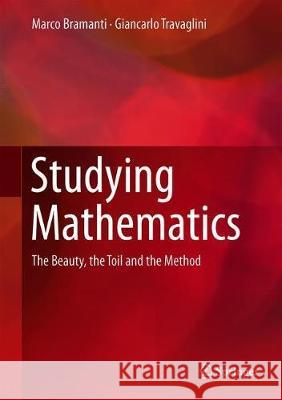Studying Mathematics: The Beauty, the Toil and the Method » książka
topmenu
Studying Mathematics: The Beauty, the Toil and the Method
ISBN-13: 9783319913544 / Angielski / Twarda / 2018 / 398 str.
Studying Mathematics: The Beauty, the Toil and the Method
ISBN-13: 9783319913544 / Angielski / Twarda / 2018 / 398 str.
cena 384,63 zł
(netto: 366,31 VAT: 5%)
Najniższa cena z 30 dni: 382,84 zł
(netto: 366,31 VAT: 5%)
Najniższa cena z 30 dni: 382,84 zł
Termin realizacji zamówienia:
ok. 20 dni roboczych.
ok. 20 dni roboczych.
Darmowa dostawa!
Kategorie:
Kategorie BISAC:
Wydawca:
Springer
Język:
Angielski
ISBN-13:
9783319913544
Rok wydania:
2018
Wydanie:
2018
Ilość stron:
398
Waga:
0.93 kg
Wymiary:
25.4 x 17.78 x 2.39
Oprawa:
Twarda
Wolumenów:
01
Dodatkowe informacje:
Wydanie ilustrowane











